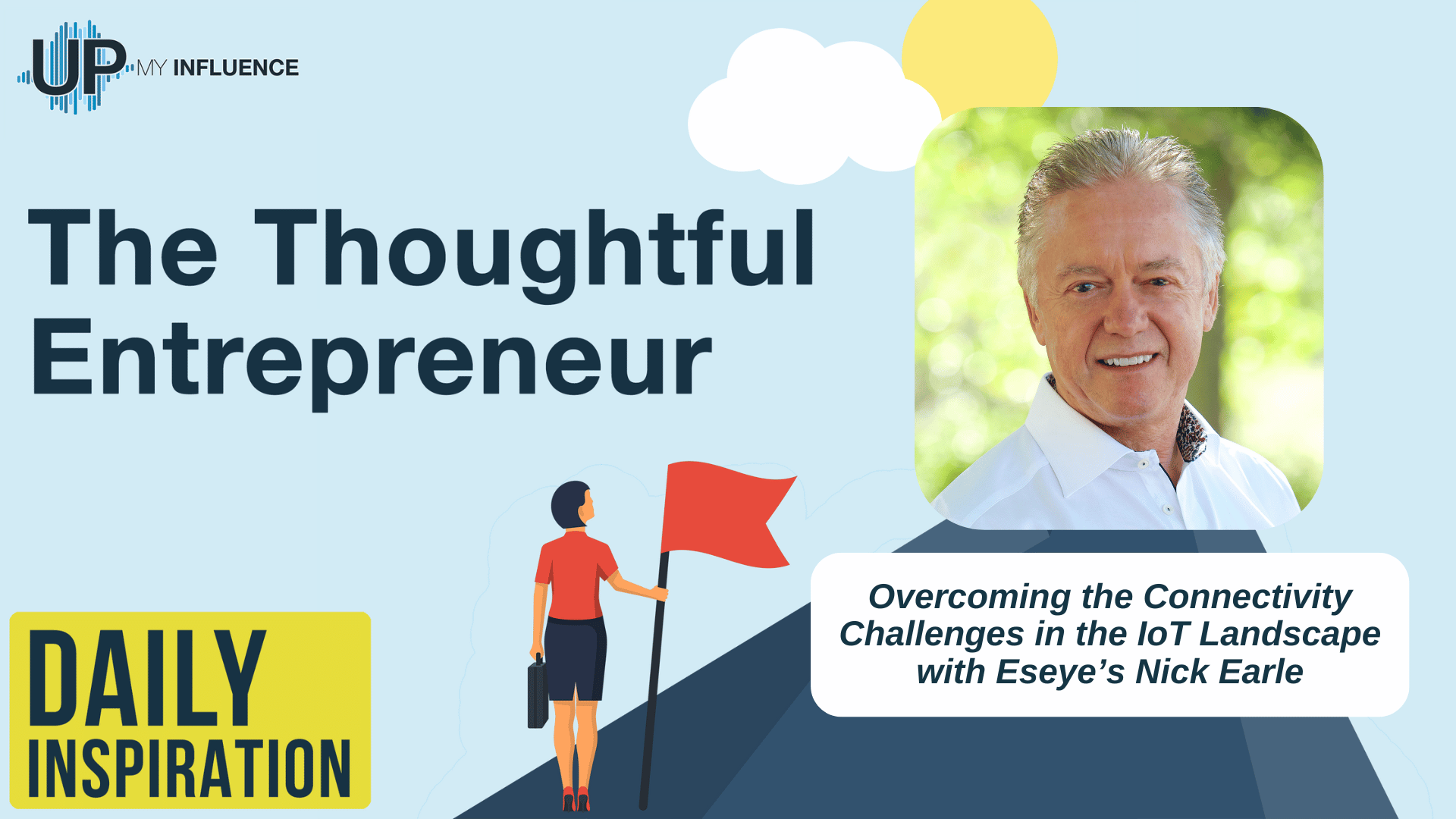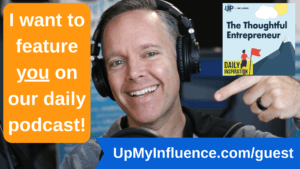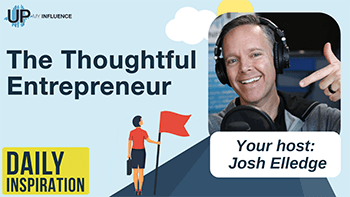THE THOUGHTFUL ENTREPRENEUR PODCAST
 Unlocking the Future of IoT: Exploring Interoperability in IoT Devices
Unlocking the Future of IoT: Exploring Interoperability in IoT Devices
In a recent episode of The Thoughtful Entrepreneur, host Josh sat down with Nick Earle, the CEO of Eseye and the host of the IoT Leaders Podcast, to delve into the intricacies of the Internet of Things (IoT) industry. The conversation was rich with insights on the challenges and advancements in IoT, particularly focusing on connectivity and interoperability issues that have historically hindered the growth of IoT technologies. This blog post will break down the key themes and actionable advice from the episode, providing a comprehensive guide for anyone interested in the evolving landscape of IoT.
Nick begins by addressing a significant discrepancy in the IoT space. He recalls a time when Cisco predicted that by 2020, 50 billion devices would be connected to the internet. However, the reality fell short, with only 11 billion devices connected. This gap underscores the challenges that the IoT industry faces, particularly regarding interoperability and connectivity. One of the fundamental issues in IoT is the prevalence of proprietary systems. Much like mobile network operators with their SIM cards, IoT devices often operate on closed systems, creating barriers for communication between devices. This proprietary nature leads to frustration for both consumers and businesses, hindering the seamless integration of IoT technologies.
Nick elaborates on Eseye's innovative approach to solving connectivity issues in IoT. The company has developed a solution that allows devices to connect to any network globally, eliminating the proprietary lock that has long plagued the industry. This solution is akin to the airline industry's evolution, where travelers can now purchase a single ticket that allows them to fly on multiple airlines through alliances like Star Alliance. By abstracting the connectivity process, Eseye aims to simplify IoT integration for businesses and consumers. One of the standout features of Eseye's technology is its ability to enable devices to automatically switch between networks, ensuring that devices remain connected regardless of their location, providing a seamless user experience.
About Nick Earle:
Nick is CEO of Eseye, a global IoT connectivity solutions company with offices in 7 countries, more than 2000 customers across 190 countries and is deploying its IoT connectivity solutions in large Enterprises including 4 of the Fortune 10.
Nick spearheads Eseye’s strategy and firmly believes in connectivity that ‘just works’; that makes people’s lives and jobs easier; connectivity that’s invisible. He’s a visionary business leader with a distinguished career in technology spanning more than 30 years, spanning large corporations and dynamic start-ups and oscillating between start-ups and global technology, telco and transportation companies.
Previously, Nick led organisations and cross-company transformation programs for two $50B global corporations; Cisco where he ran the Cloud and Managed Services business as well as their Worldwide Field Services function, and Hewlett Packard where he ran the global Enterprise Marketing function and the internet transformation strategy.
Nick was voted #2 in Computer Reseller News list of the 25 most ‘Disruptive Channel Executives in IT globally’. He has recently received the Juniper Research ‘Mover and Shaker’ award and named ‘CxO of the Year’ at the 2023 IoT Global Awards, highlighting his visionary leadership and success in propelling Eseye to an enviable position in the IoT space.
About Eseye:
As a world leader in IoT connectivity solutions, Eseye enables customers to achieve lasting value from global IoT projects.
They bring the deep device expertise necessary to integrate, manage, and optimize IoT connectivity for estates of any scale or complexity. Eseye seamlessly connects these devices across 190 countries and more than 700 networks, maintaining near-100% uptime.
Eseye approaches IoT with a unique perspective, always starting with the device. Ensuring the device is correctly configured is seen as the key to success. They collaborate with customers to define what success looks like and then develop a custom roadmap to ensure IoT deployment is done right the first time. Eseye supports customers through every stage, from concept to implementation and beyond.
Their future-proofed IoT solutions are built on decades of end-to-end delivery experience with major clients such as Amazon, Shell, and Costa Coffee.
Apply to be a Guest on The Thoughtful Entrepreneur: https://go.upmyinfluence.com/podcast-guest
Links Mentioned in this Episode:
Want to learn more? Check out Eseye website at
Check out Eseye on LinkedIn at
https://www.linkedin.com/company/greenbananaseo/
Check out Nick Earle on LinkedIn at
https://uk.linkedin.com/in/nearle
Don’t forget to subscribe to The Thoughtful Entrepreneur and thank you for listening. Tune in next time!
More from UpMyInfluence:
We are actively booking guests for our The Thoughtful Entrepreneur. Schedule HERE.
Are you a 6-figure consultant? I’ve got high-level intros for you. Learn more here.
What is your #1 Lead Generation BLOCKER? Take my free quiz here.
Want to learn more about all the podcasts managed by UpMyInfluence? Opt in here.

